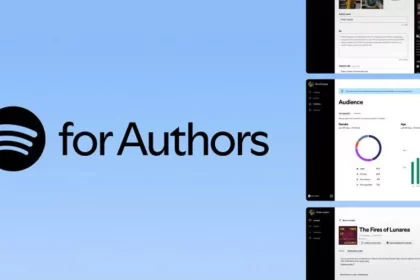Imagine being able to transform the complex structure and improvisation of jazz music into a precise geometric model. Which is exactly the purpose of this model. This innovative model provides a comprehensive road map for jazz musicians by displaying notes and chords as dots on a hexagonal grid.
Using this model, we can identify specific patterns and strategies that jazz musicians use to create music. This knowledge not only helps us better understand how jazz music is formed, but also opens up new possibilities for composing and performing using computers and artificial intelligence.
Jazz, with its complex structure and diverse layers, can be used as a valuable educational resource for the development of artificial intelligence algorithms in the field of composition. This type of music with chordal changes and interaction between instruments can provide learning patterns for intelligent systems. By taking advantage of the pentahelix model and the vast data available from jazz music, we can train artificial intelligence to produce musical works in the style and context of jazz.
Where did this innovative idea come from? Its roots can be found in research conducted in the field of quantum physics. By studying the behavior of fundamental particles, scientists have developed complex mathematical models that are used to describe quantum phenomena. These models, in turn, have inspired researchers in the fields of computer science and music to use them to solve complex problems in their fields.
Professor Leon Cooper, winner of the Nobel Prize in Physics, is one of the leading figures in this field. With his research in the field of superconductivity, he showed how the principles of physics can be used to solve complex problems in other fields. Cooper believed that the boundaries between different sciences should be removed and scientists should cooperate with each other to face great challenges.
With the rapid advancements in the field of artificial intelligence, the future of music looks extremely attractive. Soon we will be able to witness the creation of unique works of art that are the result of the cooperation between man and machine. Artificial intelligence can help composers to discover new ideas and produce music with more complexity and variety.
The pentahelix model and the research related to the combination of music and artificial intelligence show the blurring of the boundaries between art and science. This innovative approach not only helps us gain a deeper understanding of music, but also allows us to discover a new world of sounds and emotions. With the continuation of research in this field, we can witness amazing developments in the field of music in the near future.
RCO NEWS
















